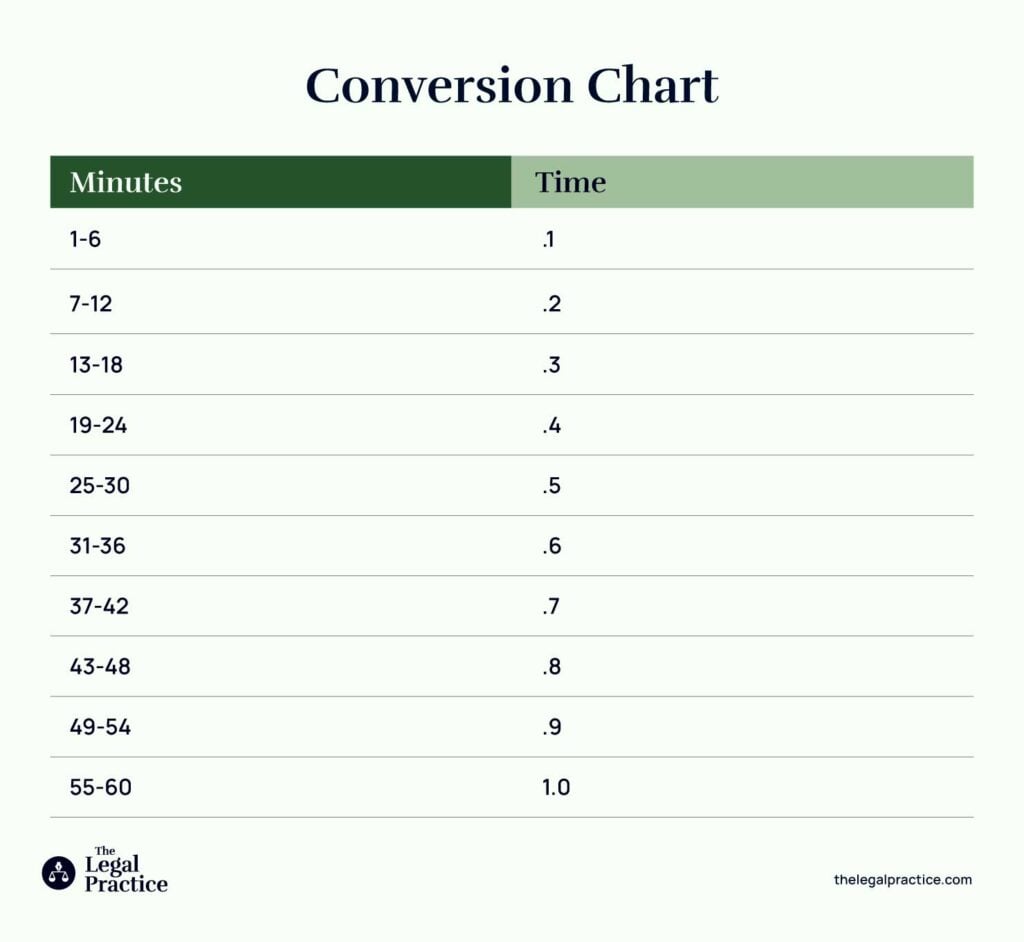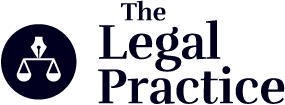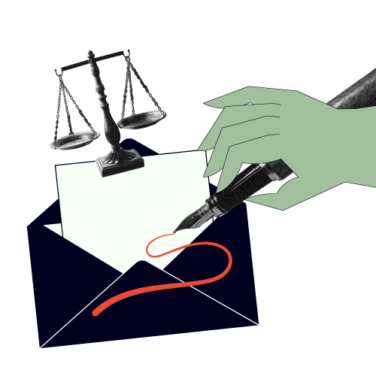Imagine trying to bake a cake without a recipe—chaos, right? The same goes for tracking billable hours without a clear plan. Enter the legal billing chart, your trusty recipe for tracking time spent on client work. It’s the tool that ensures every minute you spend is accounted for and billed correctly, avoiding the frustration of guesswork.
In this article, we’ll break down how a legal billing chart can help you organize your work hours, track billable time with ease, and get paid for every task you complete. Whether you’re new to legal billing or looking to streamline your process, we’ve got you covered with this legal billing chart + guide.
What Is A Billable Hours Chart?
A legal billing chart is a tool used by lawyers, legal professionals, and legal billing specialists to track and organize the time they spend on billable tasks for clients. It helps break down specific activities, assign time to each, and ensure accurate billing, so clients are charged fairly for the work done. By using a legal billing chart, professionals can easily record their hours, avoid errors, and maintain transparency with clients, making it an essential part of efficient legal practice management.
If questions like this are bogging you down, there are legal billing certification & programs available online.
Who Needs A Billable Hours Chart?
A legal billing chart is primarily used by lawyers, paralegals, and other legal professionals who need to track billable hours for their work with clients. It’s essential for law firms of all sizes, from solo practitioners to large legal teams, to ensure accurate and organized timekeeping for billing purposes. Automated time tracking helps lawyers record time spent on client matters and bill clients efficiently.
A legal billing chart will be part of broader legal billing practices, where it is often used to streamline invoicing and ensure clients are billed correctly for the time spent on their cases.
Why Do Lawyers Use a 6-Minute Increment Chart?
Lawyers bill in 6-minute increments because it allows for precise and manageable tracking of time spent on various tasks throughout the day. Each 6-minute block represents 0.1 of an hour, making it easier to account for short, frequent tasks like phone calls or emails that may not take a full hour but still require billing.
This method ensures that clients are charged fairly for every task completed, no matter how small, while also helping law firms maintain accuracy and consistency in their billing processes.
Accurately calculating billable hours improves the firm’s cash flow and enhances client experiences. Law firms can also improve client experiences by offering detailed descriptions of billable activities in their law firm billing systems.
Start Here: What Is Legal Billing Software?
Legal Billing Chart Increments: Minutes To Tenths Of An Hour
A legal billing chart with billing increments converts minutes worked into tenths of an hour for precise time tracking. This allows lawyers to bill accurately for smaller tasks, typically in six-minute increments.
The hourly rate for legal services is often calculated based on time increments outlined in a billing increment chart. Larger increments of time may lead to billing for less time, but smaller increments provide more accurate billing.

Billable Hours Vs. Non-Billable Hours
Billable hours are the time an attorney spends directly working on tasks for a client, which can be charged to the client. Examples include drafting legal documents, attending court hearings, conducting client meetings, and legal research.
Billable work can be tracked more efficiently using templates to reduce time-consuming tasks in attorney billing.
Non-billable hours are tasks that are essential to the attorney's work but cannot be charged to a client. Examples include administrative tasks like responding to general emails, attending firm meetings, marketing activities, and professional development or training sessions.
Optimizing profitability means reducing non-billable tasks and increasing billable activities for the law firm.
You can keep track of both for your firm using various types of legal billing solutions on the market.
11 Best Practices For Tracking Billable Hours
Here are my personal best practices for tracking billable hours:
- Track time daily – Log hours immediately to avoid inaccuracies or forgotten tasks.
- Use a legal billing software – Automate time tracking and reduce the chance of human error.
- Set clear billing guidelines – Know which tasks are billable and which are not.
- Break tasks into increments – Use consistent increments, such as 6-minute intervals, for precision.
- Record details for each task – Include descriptions of work done for transparency with clients or use legal billing codes.
- Review time entries regularly – Ensure accuracy and completeness before invoicing.
- Track all time, billable or not – Record both billable and non-billable hours to understand where time is spent.
- Set goals for billable hours – Establish targets to stay productive and meet financial objectives.
- Avoid overbilling – Be honest about time spent to maintain client trust.
- Use legal task timers – Start and stop timers to track time in real time for accurate entries.
- Consolidate similar tasks – Group small, related tasks together when appropriate to simplify billing.
When choosing tools to support your practice, you'll want to be aware of legal billing software features that speak to these best practices. For example: using software that distinguishes between billable/non-billable hours, has detailed task recording, and uses appropriate increment billing is essential.
Conclusion
Incorporating a legal billing chart into your workflow is the key to accurate, transparent time tracking and fair client billing. By breaking time into manageable increments and following best practices, you’ll streamline your billing process and ensure no minute goes unaccounted for. Master this tool, and watch your practice become more efficient, organized, and profitable!
For more legal insights and resources, subscribe to our newsletter and join a community of innovative legal practitioners shaping the future of law.
You May Also Live: A Complete Guide to Legal Billing Specialist Salaries


